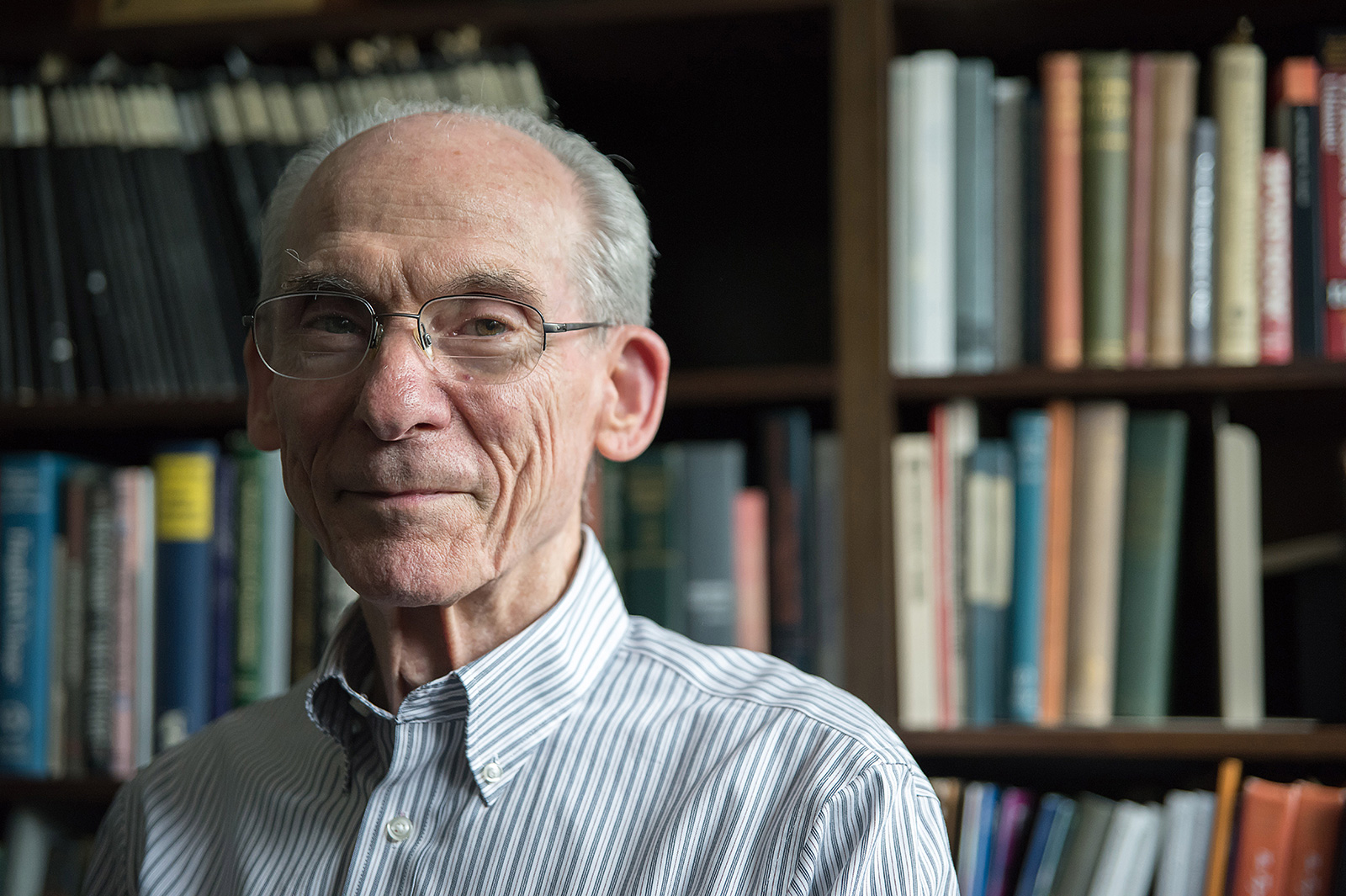Edward Stone, who guided NASA’s Voyager to distant planets, dies at 88
As the mission’s top scientist, he opened a window into the farthest reaches of the solar system. The Voyager probes are still operating, now in interstellar space.
By Harrison Smith
June 17, 2024 at 8:27 p.m. EDT

Physicist Edward C. Stone in 2014, holding a model of one of the Voyager probes. (Mario de Lopez for the California Institute of Technology)
Edward C. Stone, who opened a window on the farthest reaches of the solar system while serving as the chief scientist of NASA’s Voyager mission, supervising a pair of spindly, plutonium-powered spacecraft that continue to operate billions of miles from Earth, died June 9 at his home in Pasadena, Calif. He was 88. ... His death was announced by the California Institute of Technology, where he was a professor emeritus of physics, and by NASA’s Jet Propulsion Laboratory, which he directed for 10 years beginning in 1991. His daughter Susan Stone said he had been in declining health but that the cause of death was not yet known.
Dr. Stone launched his physics career at the dawn of the Space Age, turning his attention to the cosmos after the Soviet Union launched Sputnik — a shiny metal ball that became the world’s first artificial satellite — when he was a graduate student at the University of Chicago in 1957.
Over the next six decades, he designed some of the first scientific instruments for U.S. satellites; oversaw the construction of the W.M. Keck Observatory, which boasted the world’s two largest optical telescopes when it was completed in Hawaii in the mid-1990s; and spearheaded the establishment of LIGO, a billion-dollar physics experiment that in 2015 made the first direct observations of gravitational waves, ripples in space time that had eluded scientists for years.
He remained best known for serving as project scientist — and, less officially, chief spokesman — for Voyager 1 and 2. Launched two weeks apart in 1977, five years after Dr. Stone was hired for the mission, the twin probes have brought back mesmerizing photos of the giant outer planets and their moons, as well as a wealth of data about the solar system.
{snip}

Dr. Stone in front of a model of Voyager. He directed the Jet Propulsion Laboratory from 1991 to 2001. (NASA/JPL-Caltech)
{snip}

Dr. Stone with a student in 1996. (Caltech Archives)
{snip}

Dr. Stone at his Caltech office in 2017. (Caltech)
{snip}
By Harrison Smith
Harrison Smith is a reporter on The Washington Post's obituaries desk. Since joining the obituaries section in 2015, he has profiled big-game hunters, fallen dictators and Olympic champions. He sometimes covers the living as well, and previously co-founded the South Side Weekly, a community newspaper in Chicago. Twitter
https://twitter.com/harrisondsmith 


